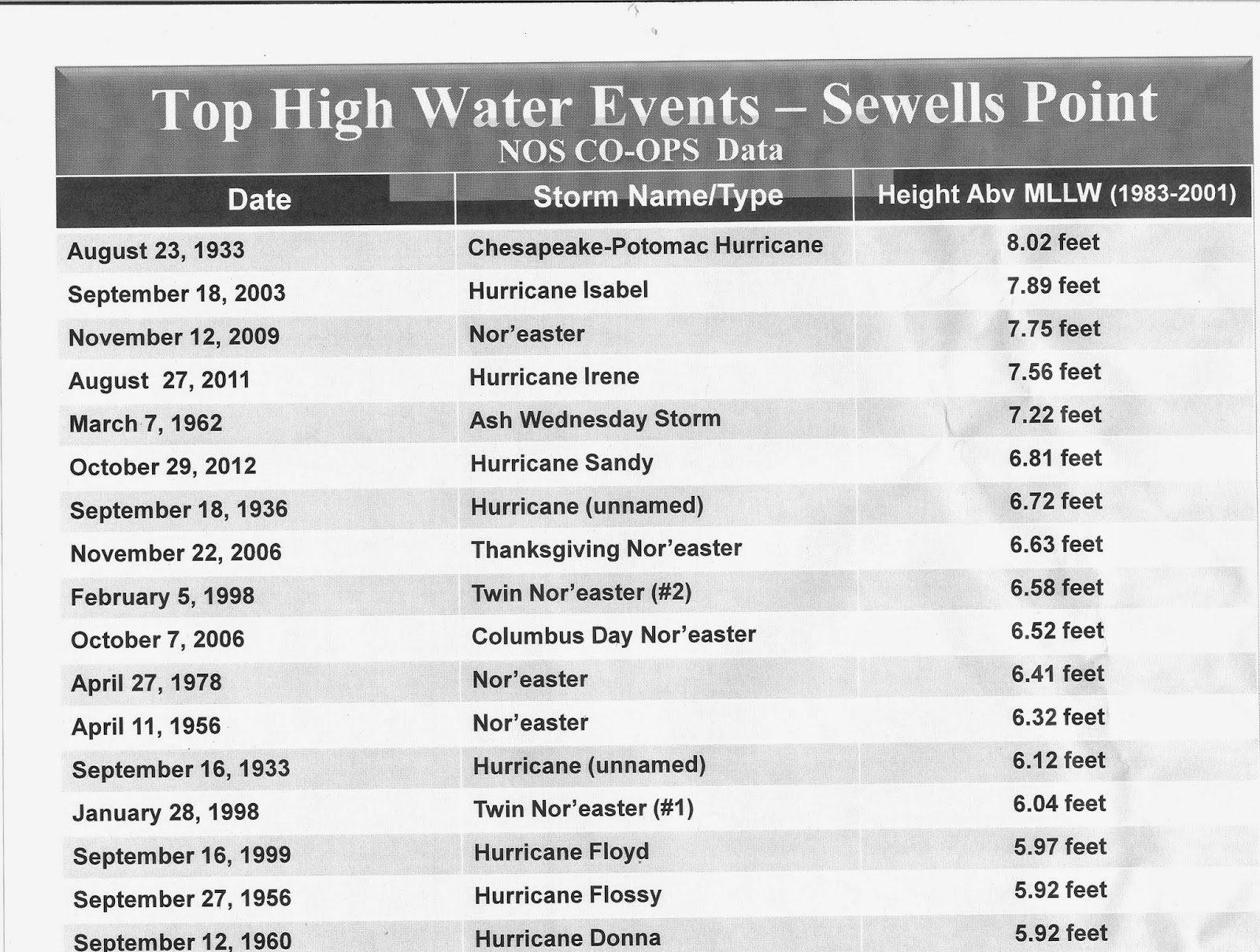The City of Virginia Beach and the Hampton Roads Planning District Commission has just released a report titled "Developing a Local Sea Level Rise Adaptation Plan for Virginia Beach".
Link to report
The authors are Benjamin J. McFarlane, Hampton Roads Planning District Commission Hampton Roads Planning District Commission
and
Whitney K. McNamara, CFM 723 Woodlake Drive, City of Virginia Beach Planning Department
Flooding maps are included.
They conclude:
Specifically, the City of Virginia Beach will:
1) Use the case studies and other information developed for this report to update existing
city policies;
2) Develop and update outreach materials such as those described in this report as part of
its comprehensive plan update process and ongoing public engagement activities;
3) Use the case studies and other information to help develop a city-wide strategy to
address recurrent flooding and sea level rise.
The Hampton Roads Planning District Commission will:
1) Continue developing and providing policy recommendations related to recurrent
flooding and sea level rise to local governments in Hampton Roads;
2) Use the mapping methodology described in this report to develop regional sea level rise
and storm surge inundation maps to support vulnerability analyses and other technical
services for local governments.
 As we all know the land in the mid-Atlantic is sinking or subsiding.
As we all know the land in the mid-Atlantic is sinking or subsiding.




